
Ron Mexico
gamer level 2
657 xp
657 xp
followers
3
3
Use my invite URL to register (this will give me kudos)
https://boardgaming.com/register/?invited_by=ronmexico
profile badges
...
...
...
...
recent achievements

I Got What I Wanted
Add a game to your Owned list that was previously in your Wish list.
Add a game to your Owned list that was previously in your Wish list.

Novice Grader
Grade 20 more reviews or tips by clicking "Yes" or "No" in response to the question "Was this helpful?"
Grade 20 more reviews or tips by clicking "Yes" or "No" in response to the question "Was this helpful?"

Critic - Level 1
Earn Critic XP to level up by completing Critic Quests!
Earn Critic XP to level up by completing Critic Quests!

Rated 5 Games
Rate 5 games you have played.
Rate 5 games you have played.



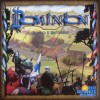
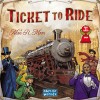

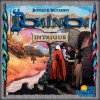





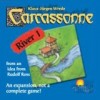










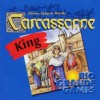



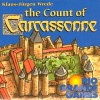









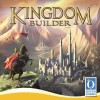

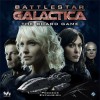


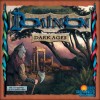
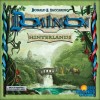




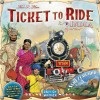
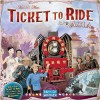



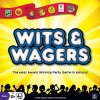
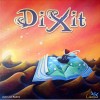


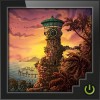

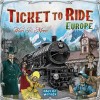

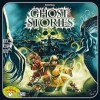
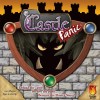

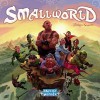


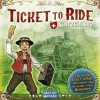
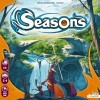



Ghost Stories
Ghost Stories is a very difficult cooperative game where players control Chinese monks as they defend a village against an onslaught of ghostly invaders. The iPad version captures the beauty of the visuals as well as the tension of the gameplay, so if you like the board game, you’ll love this.
Like the board game, you can play with one to four players. I personally play it as a solitaire game (I don’t really care for co-op games with other players) and control all four characters myself. That way my monks always help each other out without me commanding someone else to make the move I want.
For more detail about the gameplay, check out this review of the board game.
I usually try to think of pros and cons for reviews, but I honestly can’t think of anything negative to say about this app. The visuals are excellent. The interface is intuitive and easy to navigate. And the game in general is just plain good. If you don’t mind a challenge, I highly recommend it.